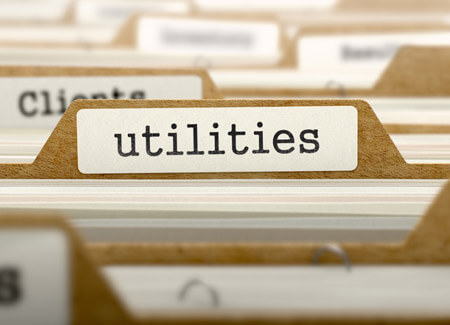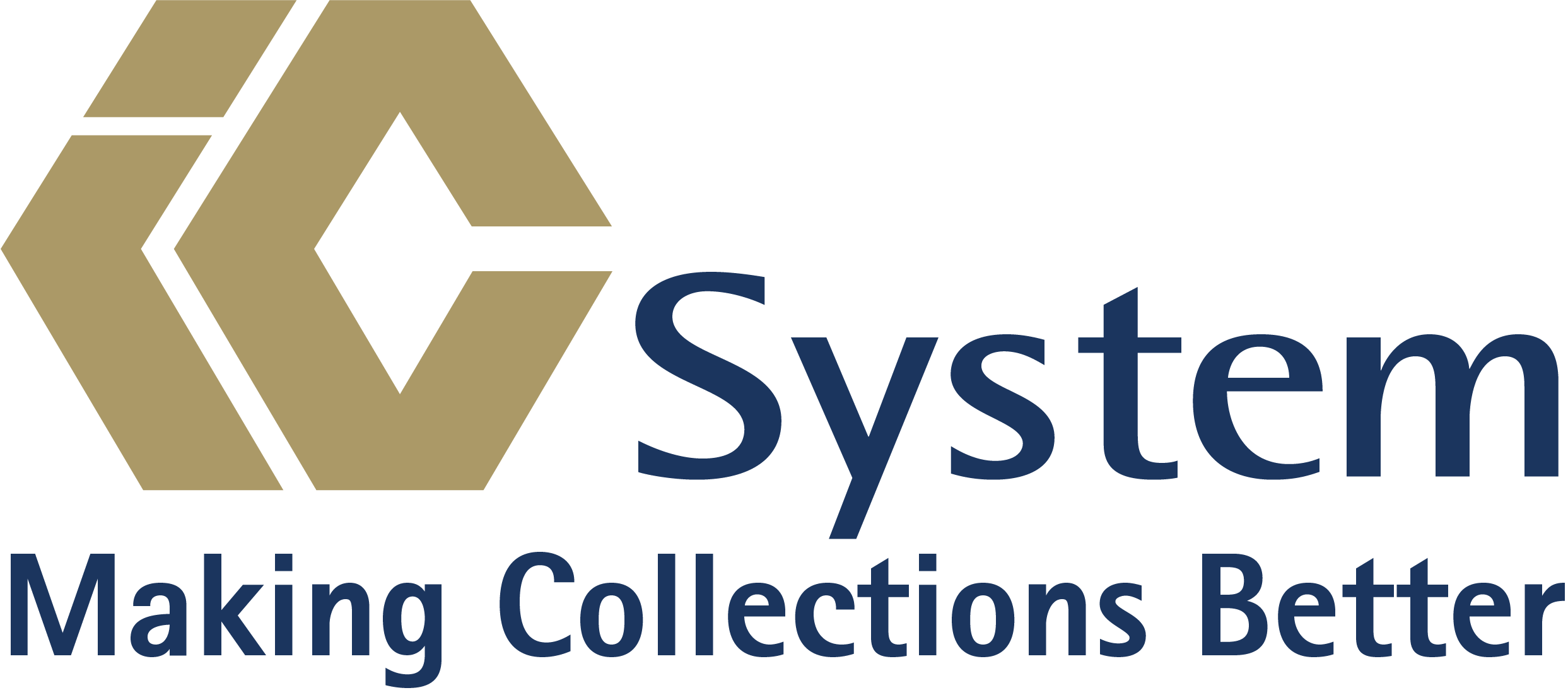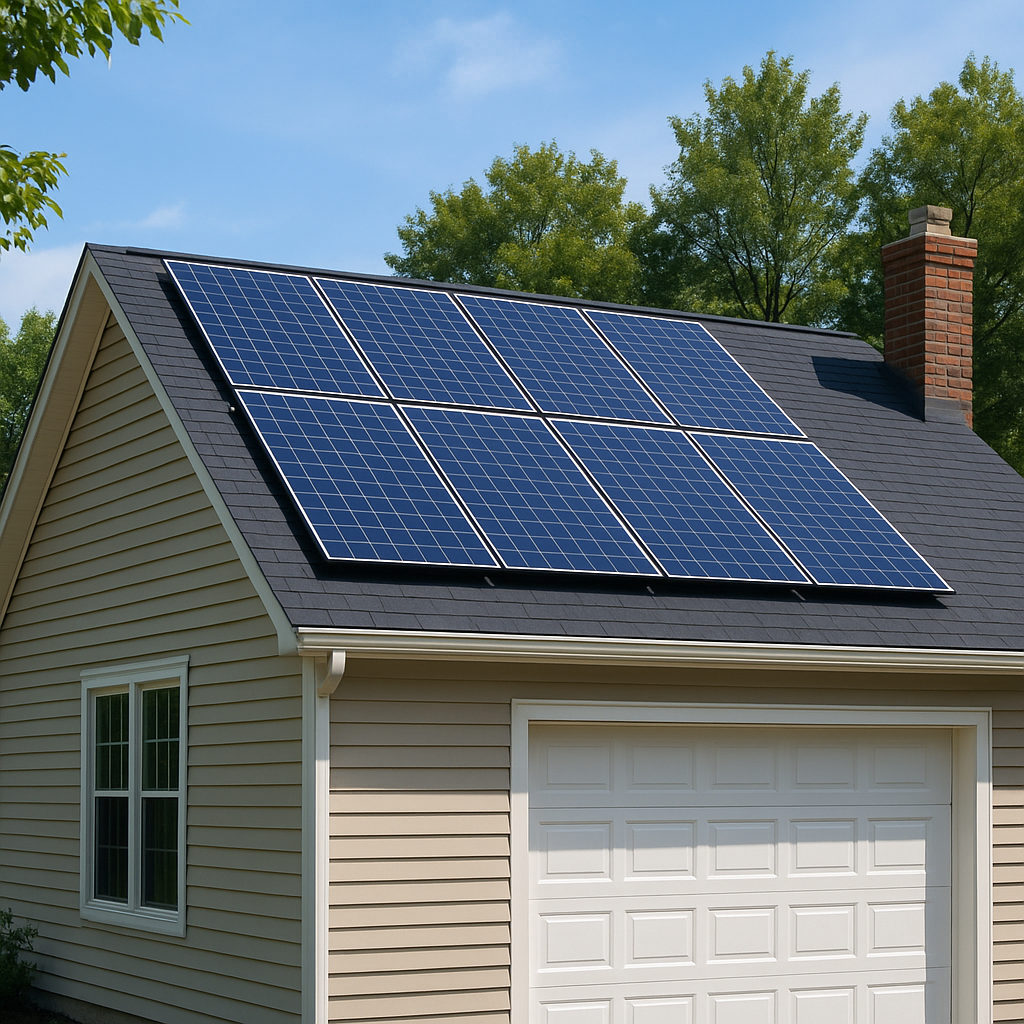5 New Sources of Utility Revenue

Trying new things. If you’re a utility provider, finding a new revenue stream may feel like a challenge and a risk. But most regulated utilities providers are seeking one or more new revenue streams, according to Utility Dive’s 2016 State of the Electric Utility Survey.
Finding new and alternative sources of revenue is a primary focus for any major utility; it has to be, if you want to survive in the increasingly competitive and regulated marketplace. Without some innovative thinking about your revenue, a utility provider could find themselves struggling.
Many of the most popular sources for new utility revenue come from inventive methods of energy efficiency and financing options, according to Utility Dive. Here’s a look at the most popular of them in terms of industry investments:
- Obvious choices are energy efficiency and demand management services, the most popular among all the newest revenue streams. Energy efficiency and demand management services seek to educate consumers about their usage habits and offer financial incentives for a change in their usage behavior. Very often these services require only some creative thinking and marketing to engage the consumer, as opposed to new technologies or major investments on the part of the utility.
- Utility scale renewable energy (USRE) such as solar and wind power requires much by way of consumer education and alternative technology to implement, but they are also among the most-invested offerings by utilities today. Clean energies are becoming increasingly popular and increasingly affordable, making them more of an option today for consumers than they were just a few short years ago.
- Electric vehicle charging hasn’t yet reached most U.S. consumers. It remains a “niche market” popular on the west coast, specifically in California. However, utilities are spending a lot of money investing in this market because the potential is so high. The average consumer today may not be able to afford a Renovo Coupe and Tesla Roadster Sport, but prices are declining and becoming more affordable. Consumer demands for speed, both on the road and the length of time it requires to charge an electric car, are also being addressed. Engine speed is rarely an issue anymore with electric cars, whereas charging times are decreasing to less than hour in some cases.
- In states without restrictive legislation, green pricing programs may offer consumers an option to have their power provided by a renewable source. Customers who adopt such a plan would pay a premium on their bill for this service, and their energy would be provided by wind or low-impact hydroelectric sources. Green pricing programs have grown as much as 15% in 2013, according to the U.S. Department of Energy.
- Deploying distributed energy storage (DDES) offers energy storage programs that will help stabilize the overall energy structure in the U.S. since most of the country’s energy is sourced inland, while the west and east coasts consume the most energy. The key to a successful DDES program is learning how to optimize generation and distribution. Once those trouble areas are resolved, DDES can offer utility providers the bandwidth to explore other renewable options, since DDES provides an interim safety net. DDES may initially amount to a greater cost than traditional energy methods, but they offer benefits that outweigh the cost.
Fortunately, the overall stability in the utility market, accompanied by a growing population with escalating energy needs, allows utility providers to continue researching these new revenue streams. After all, almost everyone uses utilities. And to the consumer’s advantage, service options are also growing.
The recovery of past-due accounts is another revenue stream that is not often considered by many utility providers. Of course, any smart utility provider already has in-house or outsourced collection professionals attempting to recover past-due accounts. Usually, the primary period to recover such accounts is within a few months of their initial delinquency, usually from 30-120 days past-due. After that, most in-house or outsourced collection operations consider the debt too old to recover. In cases like this, the debts may be credit reported but, more often than not, remain unworked.
Finding a collection partner with experience working secondary or warehouse placements can be a new revenue stream for many utilities. If your collection agency stops work effort at a certain stage of delinquency (the average stopping point is 120 days), create a new revenue stream by seeking out a secondary agency that specializes in renewing that bad debt. A collection agency experienced in utilities and qualified to revitalize your older inventory of bad debt can bring a source of revenue that may have been sitting right under your nose.
IC System specializes in secondary and warehouse placement services for utility providers. Our process includes skiptracing, phone calls, letters, optional credit reporting, and credit monitoring.
In the meantime, consider all the new revenue streams mentioned above. It’s an exciting time to be a utility; there are virtually limitless options to create new sources of revenue, whether you’re investing in renewable energies or simply taking another look at your existing inventory.
About the Author: Eric Johannes








